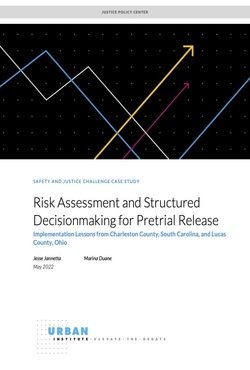By Jacquelyn Sicilia
Domestic violence has plagued society for years. However, until 1994, domestic violence was not federally criminalized. Today, domestic violence affects over ten million Americans per year. Because of the criminal justice system’s slow reaction to domestic violence, how the criminal justice system handles domestic violence cases is far from ideal. Pretrial release in domestic violence cases is one area of domestic violence that is ripe for research, guidance, and change. Pretrial release brings to light a unique balance; defendants are presumed to be innocent, but at the same time, the fact of arrest may point to an ongoing risk of harm to victims if defendants are released pre-trial. With little known about which pretrial conditions are successful in non-domestic violence cases, the answer of how to strike the necessary balance is even more challenging. This Note examines the different approaches states use to assign pretrial release conditions to domestic-violence defendants who are granted pretrial release and proposes a model statute to address—and effectively account for—the risk of re-abuse and the rights of criminal defendants in pretrial release.
66 St. Louis U. L.J. (2022)., 37p.









